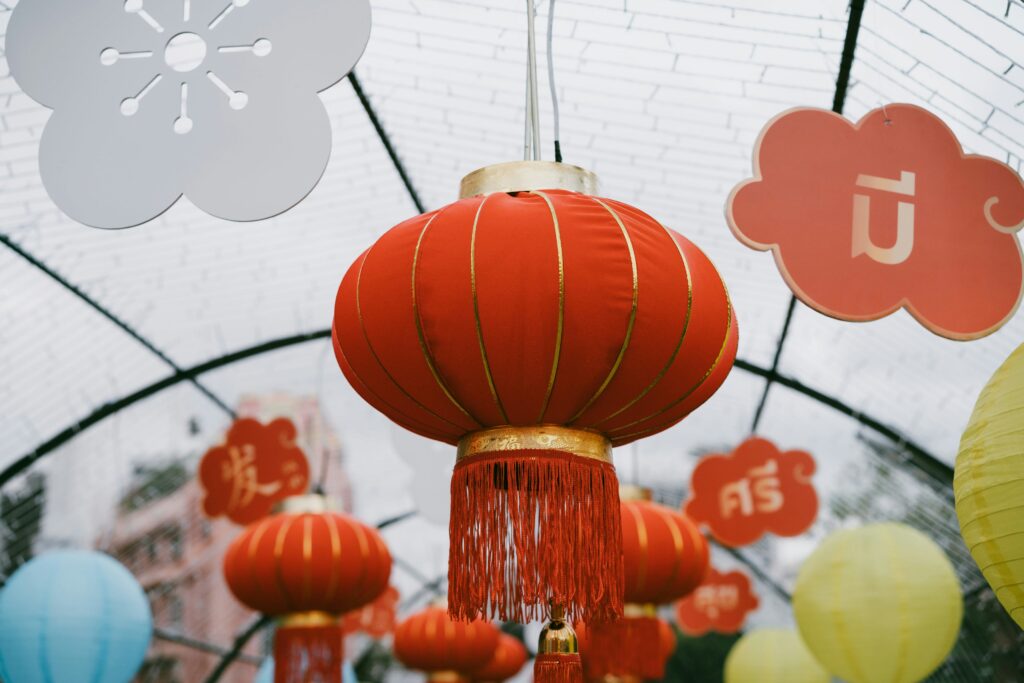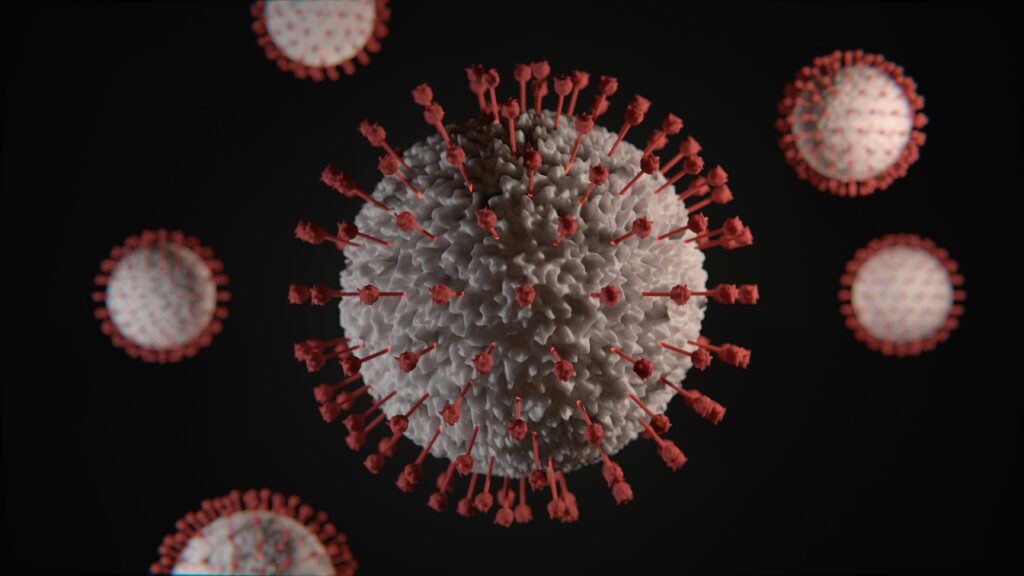Introduction: A Festival Like No Other
Every winter, when the lunar calendar marks a new beginning, China bursts into life with the Spring Festival — the most important and celebrated holiday of the year. Known globally as the Chinese New Year, it is more than a celebration; it is a deep cultural phenomenon, a time of family reunions, prayers for prosperity, and a kaleidoscope of traditions that paint the nation in vivid colors.
In some cities, however, the Spring Festival is not just celebrated — it is lived, breathed, and transformed into an immersive cultural showcase. These have come to be known as Spring Festival Cities, places where every lantern, firecracker, parade, and performance radiates the spirit of the holiday.
In this article, we’ll take you on a journey to discover China’s Spring Festival City: its sights, sounds, traditions, and the deeper meaning behind every ritual.
The Origins of the Spring Festival
From Myth to Celebration
The Spring Festival’s roots go back more than 4,000 years. Legend speaks of the mythical beast Nian, who terrorized villages each New Year until people learned to scare it away with red decorations, loud noises, and fire. These practices became the traditions of firecrackers, red couplets, and lion dances we see today.
Evolution Through Dynasties
- Han Dynasty: Rituals formalized with ancestor worship.
- Tang & Song Dynasties: Festivals expanded with public fairs, music, and dances.
- Modern Era: Now an official public holiday, combining ancient customs with contemporary flair.
The City That Becomes a Stage
While Spring Festival is celebrated across China, some cities are especially renowned for transforming themselves into cultural spectacles. Beijing, Xi’an, Shanghai, and Harbin are often considered Spring Festival capitals, but in recent years, cities have competed to outdo one another in pageantry and creativity.
Beijing: Tradition Meets Grandeur
The capital comes alive with temple fairs, calligraphy exhibitions, and the grandeur of the Forbidden City adorned in red and gold.
Xi’an: Echoes of the Silk Road
With its Tang Dynasty heritage, Xi’an hosts parades, dance dramas, and historical re-enactments that connect the past with the present.
Shanghai: Modern Lights, Ancient Soul
The Bund sparkles with light shows, while neighborhoods like Yuyuan Garden showcase traditional lantern festivals.
Harbin: Ice and Fire Together
The Harbin Ice Festival blends with Spring Festival, creating magical ice sculptures illuminated against the night sky, paired with fireworks and folk performances.
Rituals and Traditions: The Heart of the Festival
- Family Reunion Dinner (Nian Ye Fan)
- The grandest meal of the year, featuring dumplings, fish, and longevity noodles.
- Red Envelopes (Hongbao)
- Elders give children money wrapped in red packets, symbolizing good fortune.
- Lion and Dragon Dances
- Performed to scare away evil and usher in luck, these dances energize city streets.
- Temple Fairs
- Local fairs blend prayers, opera, snacks, and crafts into cultural celebrations.
- Lantern Festival (Yuanxiao Jie)
- Marks the end of festivities with glowing lanterns floating into the night sky.
Sounds and Colors: An Immersive Experience
Walking through a Spring Festival City is like stepping into another world.
- Sounds: Crackling fireworks, drumbeats of lion dances, laughter of families.
- Colors: Dominated by red and gold, symbolizing luck and wealth.
- Smells: Aromas of dumplings, roasted chestnuts, and tanghulu (candied hawthorn).
- Sights: Lanterns strung across alleys, fireworks exploding over rivers, children in traditional clothes.
Modern Twists on Ancient Traditions
While steeped in history, the Spring Festival has adapted to the digital age:
- Virtual Hongbao: Mobile payment apps like WeChat popularized digital red envelopes.
- Televised Gala: CCTV’s New Year Gala draws over a billion viewers, mixing music, dance, and comedy.
- Tourism Boom: Cities market themselves as “Spring Festival Capitals” to attract visitors from around the world.
A Celebration of Family and Identity
At its core, the Spring Festival is not only about fireworks and food. It’s about family reunions, with millions traveling across the country in what’s known as the largest annual human migration. It’s about honoring ancestors, cherishing traditions, and reaffirming cultural identity in a rapidly modernizing society.
Challenges and Criticisms
Despite its grandeur, the festival faces modern challenges:
- Over-commercialization: Critics argue that consumerism sometimes overshadows tradition.
- Environmental Concerns: Fireworks contribute to pollution, leading some cities to restrict displays.
- Cultural Pressures: The holiday also highlights societal issues, such as pressure on young adults to marry or succeed.
Global Influence of China’s Spring Festival
The celebration has transcended borders. From Chinatown parades in New York and London to lantern festivals in Sydney, the Spring Festival has become a global event. It acts as a cultural bridge, fostering appreciation of Chinese heritage worldwide.
Personal Stories: The Human Side of the Festival
- Li Mei, a college student in Beijing: “I wait all year for this. Being with my family at the reunion dinner reminds me of what really matters.”
- Zhang Wei, a migrant worker: “The train ride home is long, but seeing my children’s faces when I hand them red envelopes is worth everything.”
- Chen Xia, a young entrepreneur in Shanghai: “I blend tradition with modernity. I give digital hongbao but still hang lanterns outside my home.”
Conclusion: A Living Tapestry of Culture
China’s Spring Festival City is not just a location — it is a state of being, a convergence of history, culture, and human connection. It is a festival that turns cities into canvases of light, sound, and emotion.
Whether you wander through Beijing’s temple fairs, marvel at Harbin’s ice lanterns, or simply sit down with family for dumplings, the Spring Festival is an unforgettable reminder of renewal, resilience, and togetherness.
It is, above all, a celebration of life itself — in all its culture, color, and continuity.




